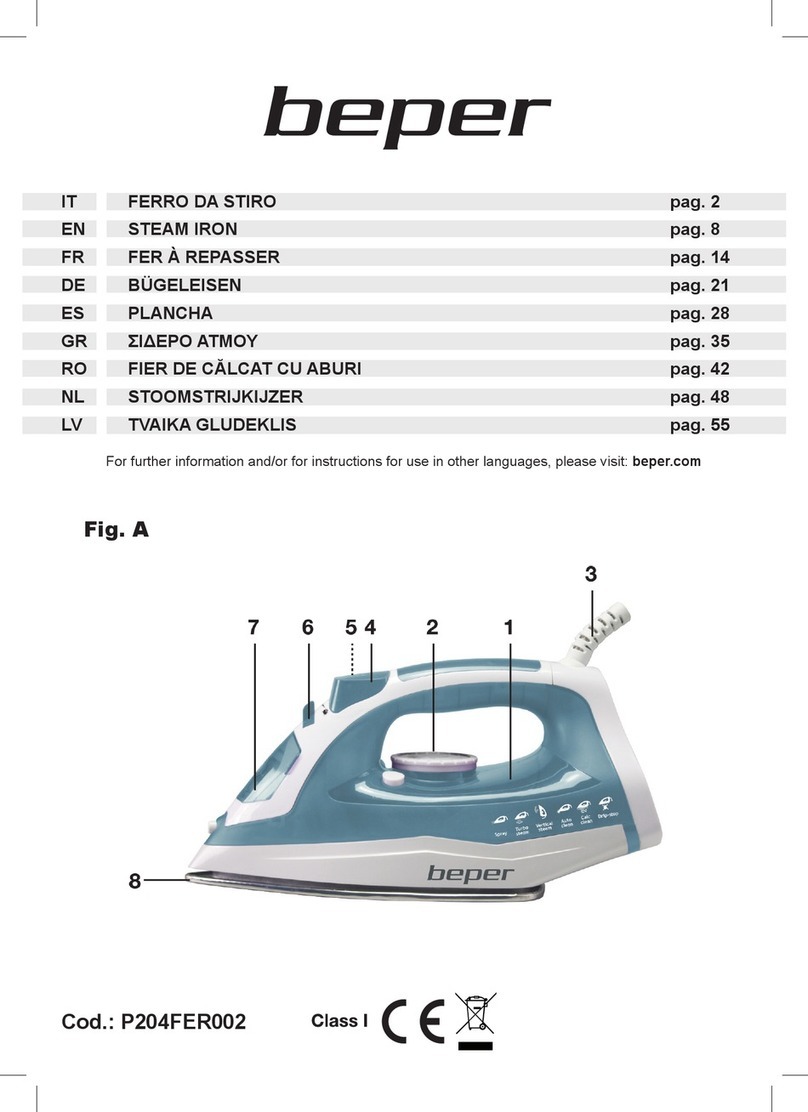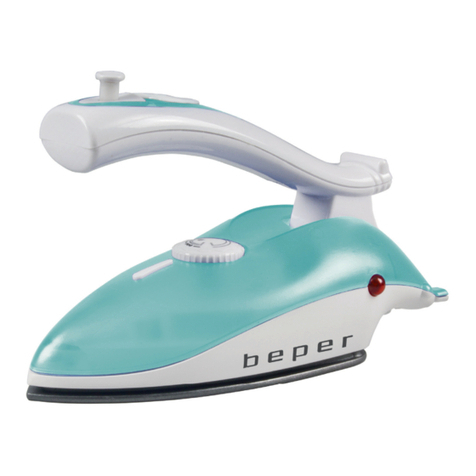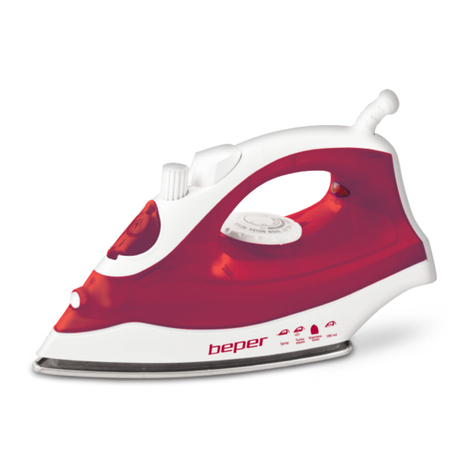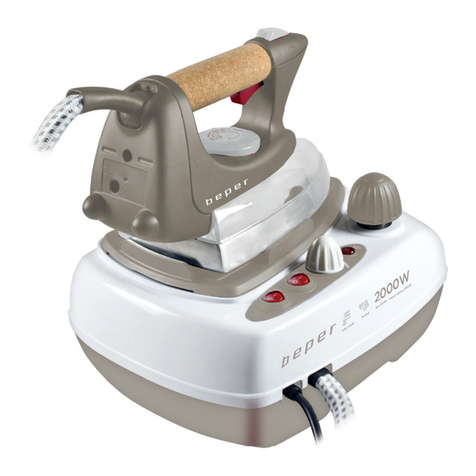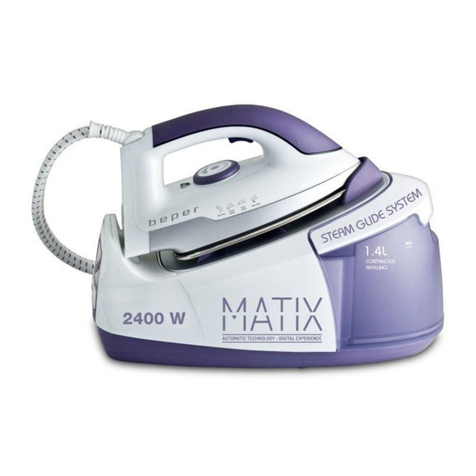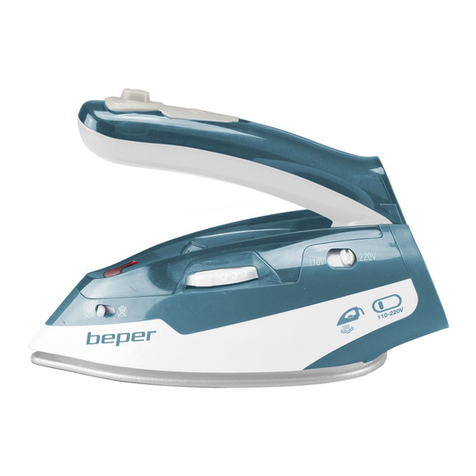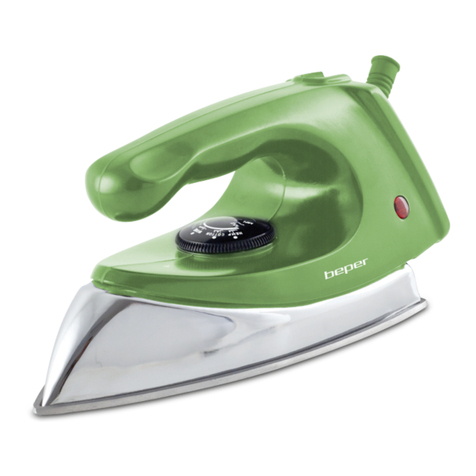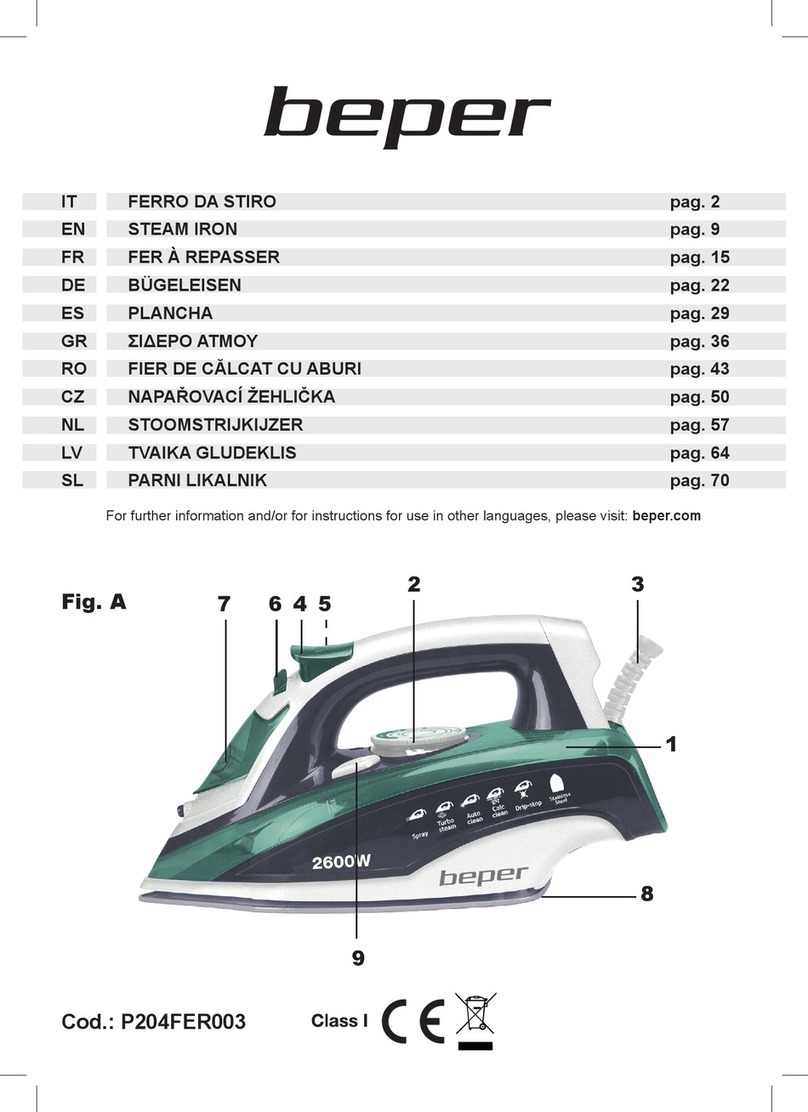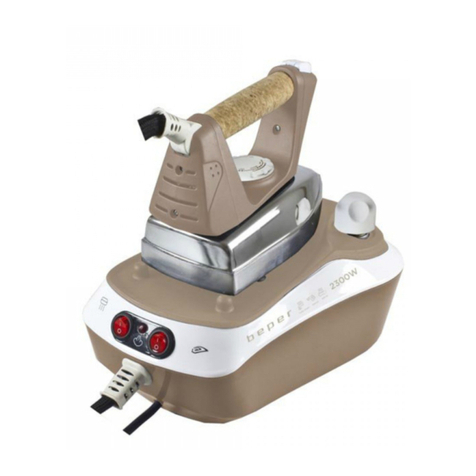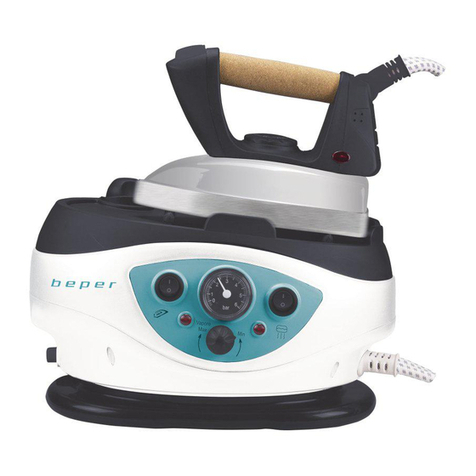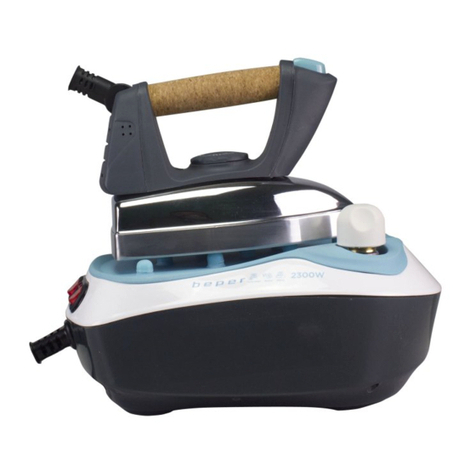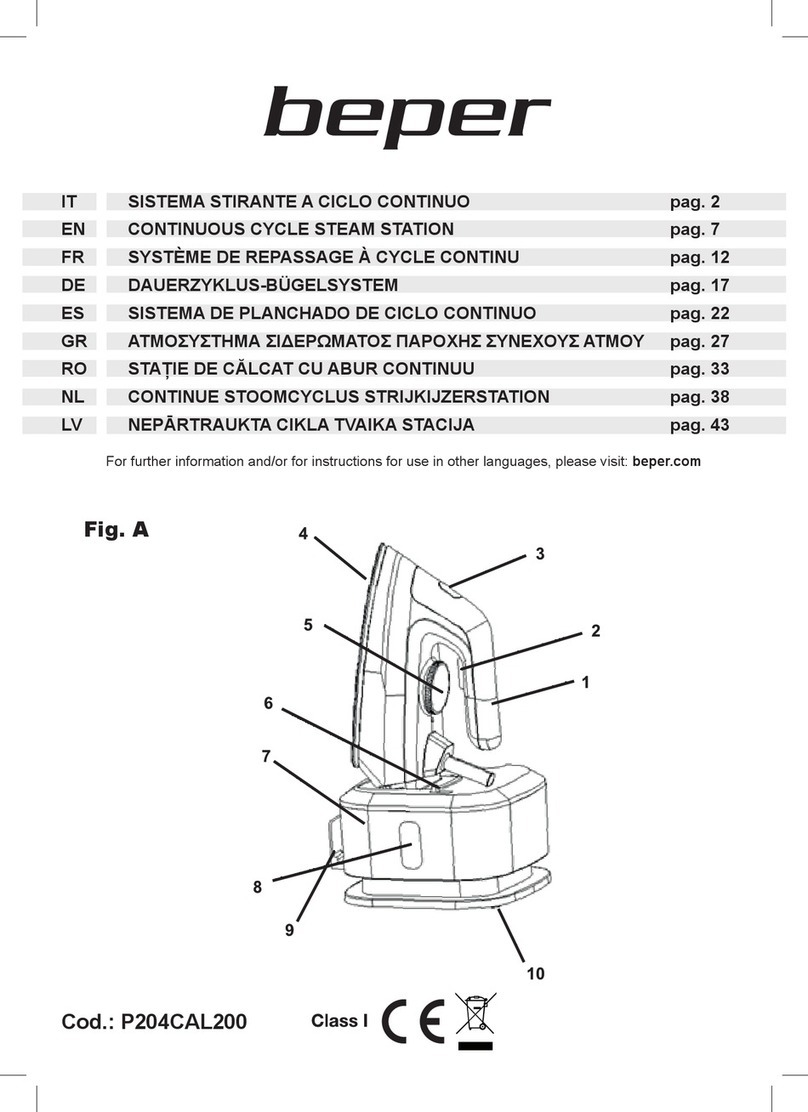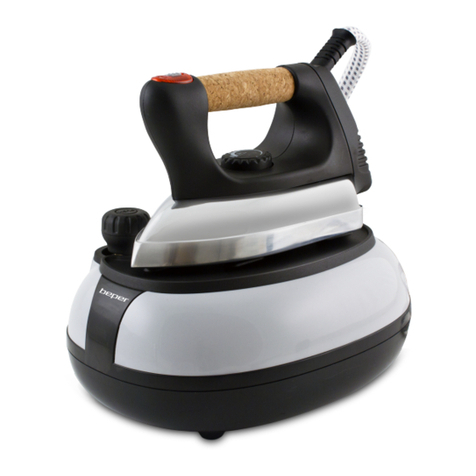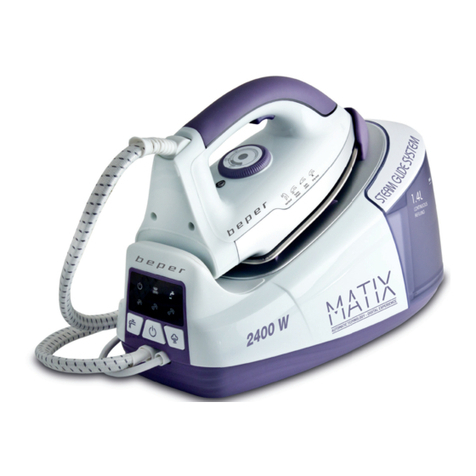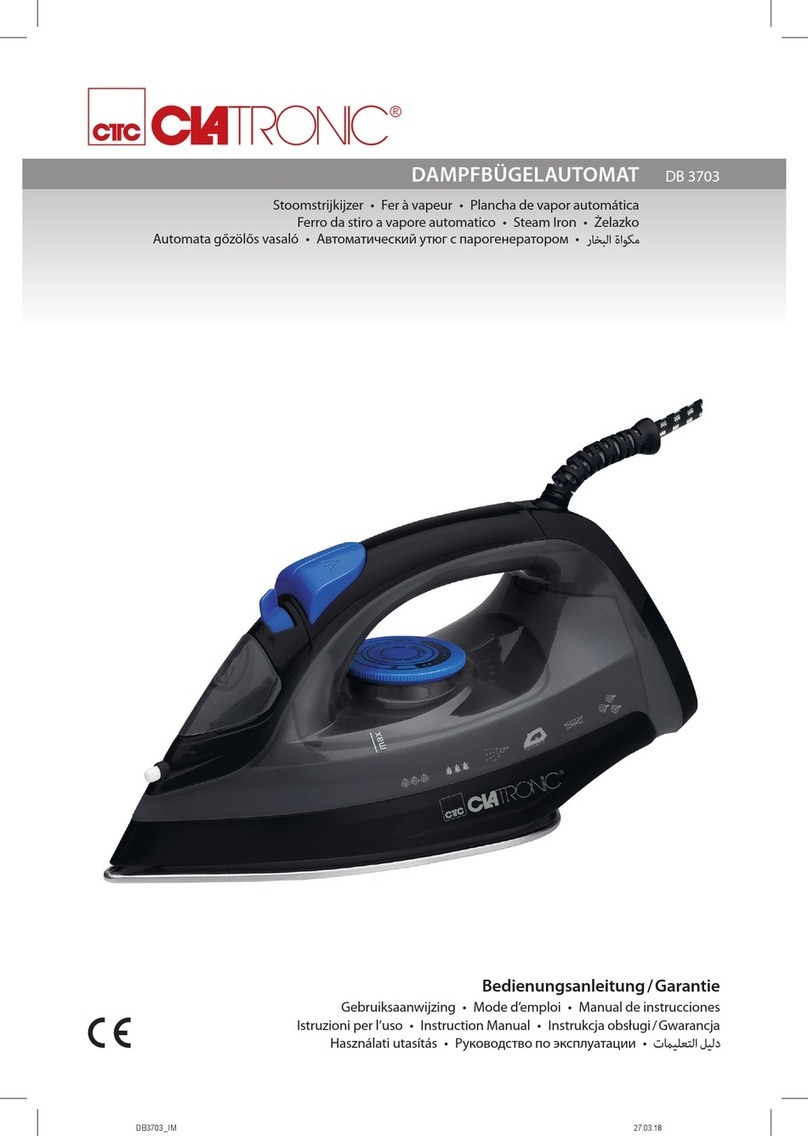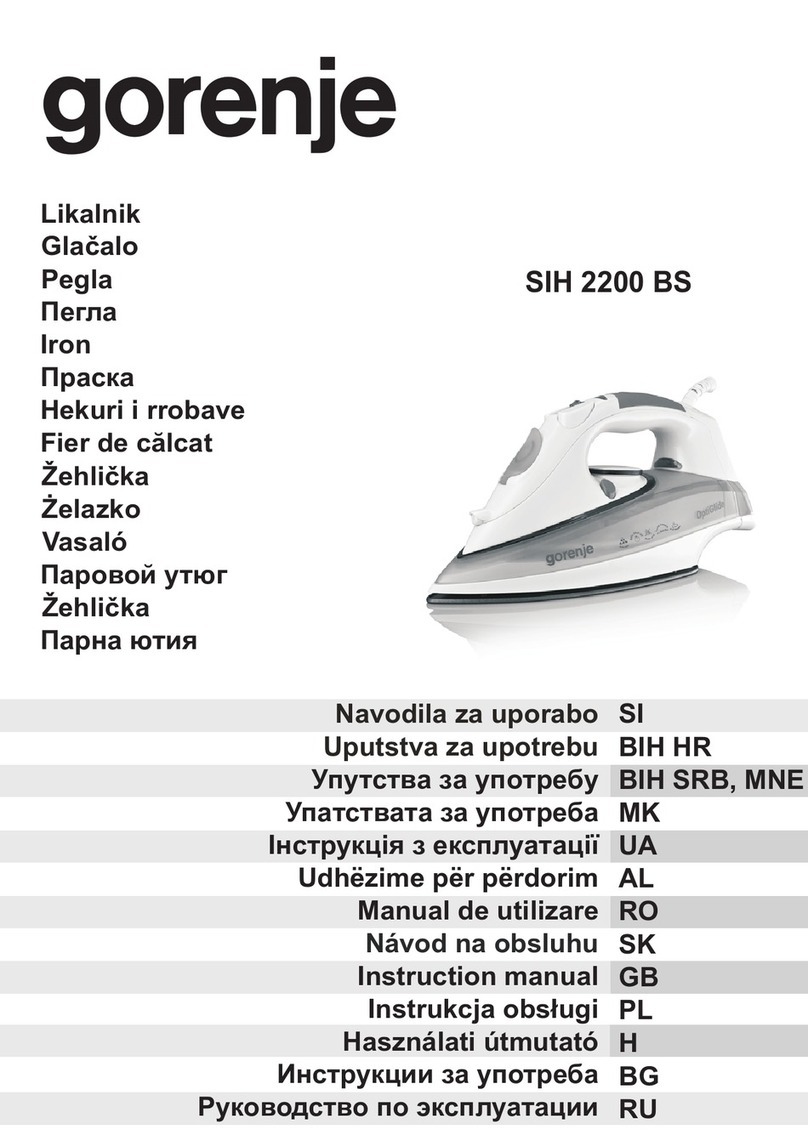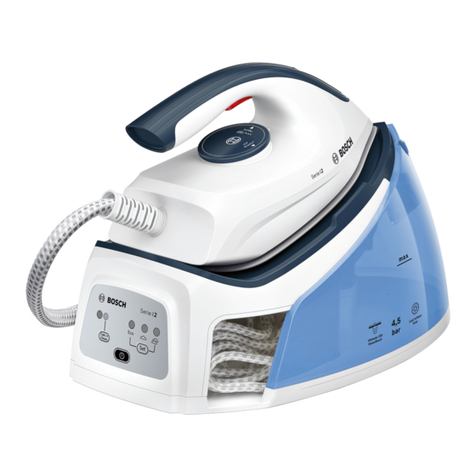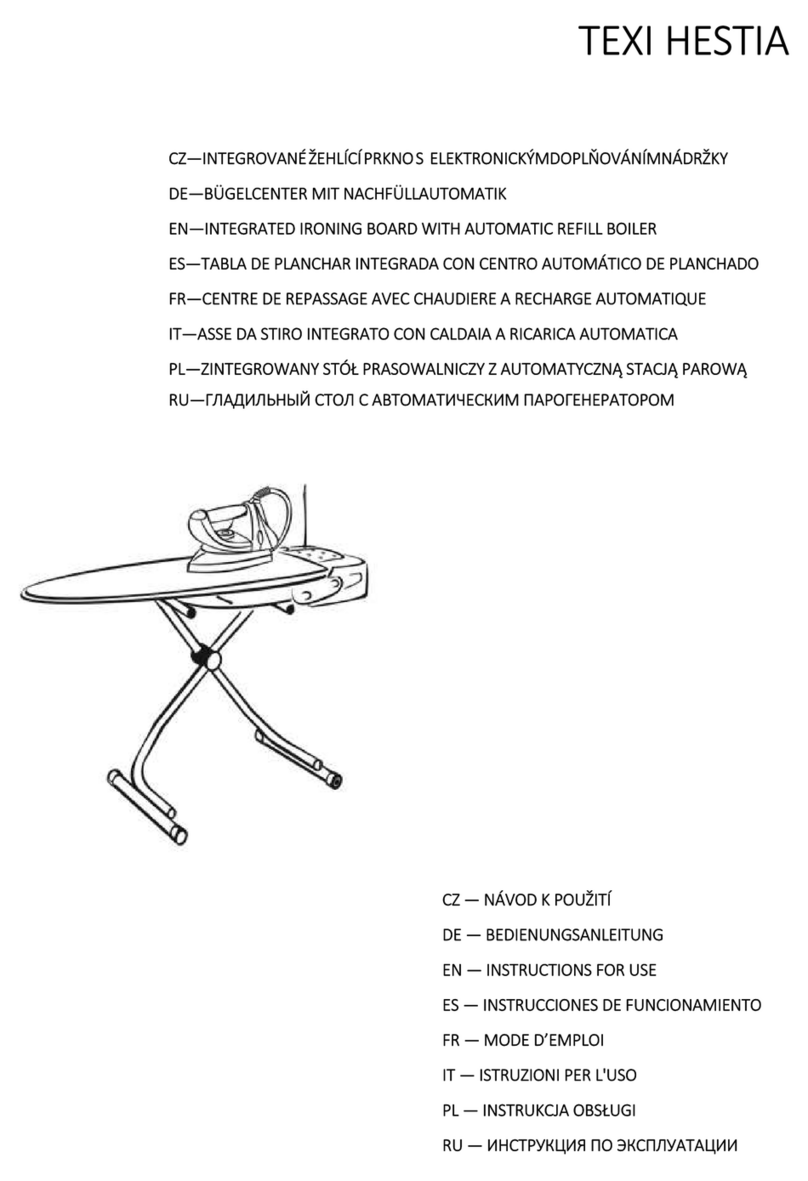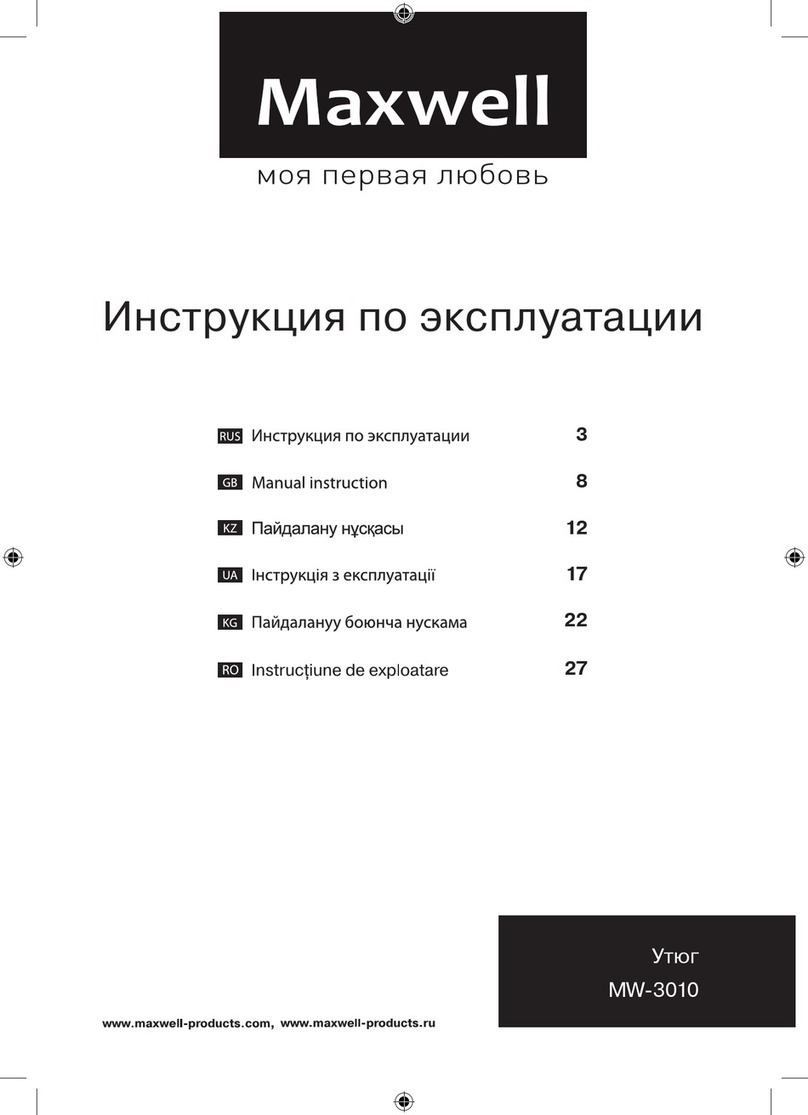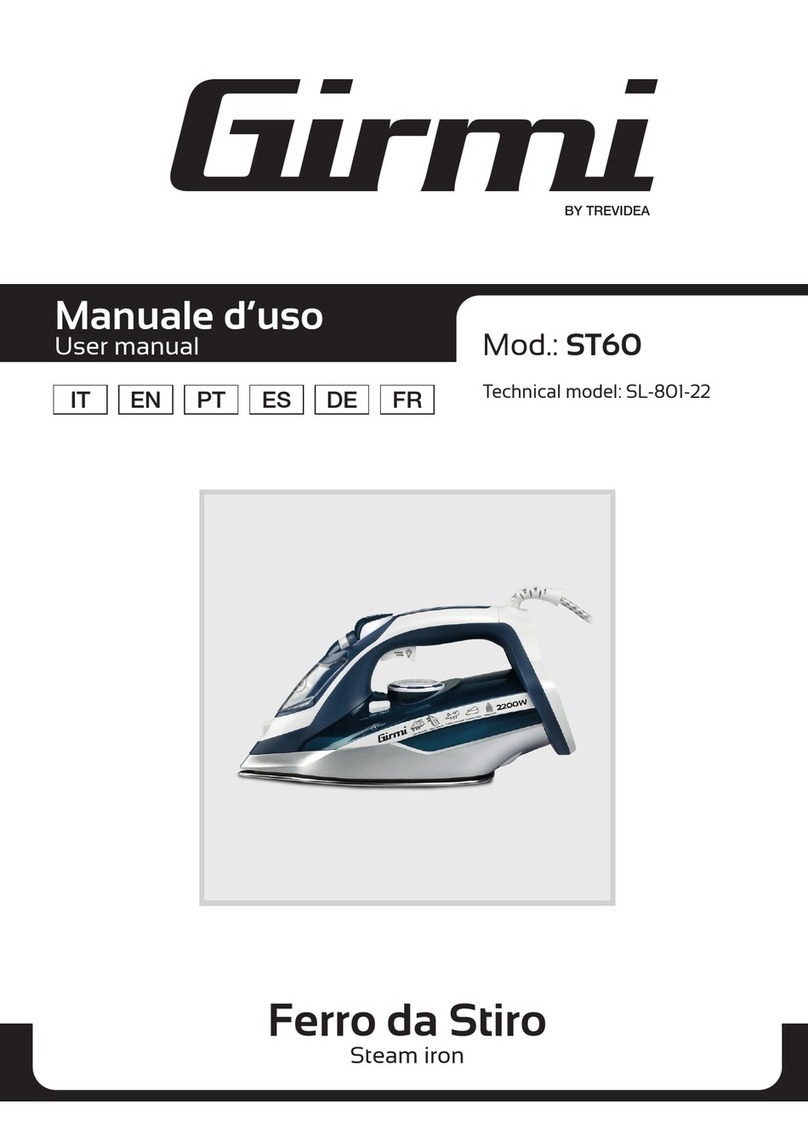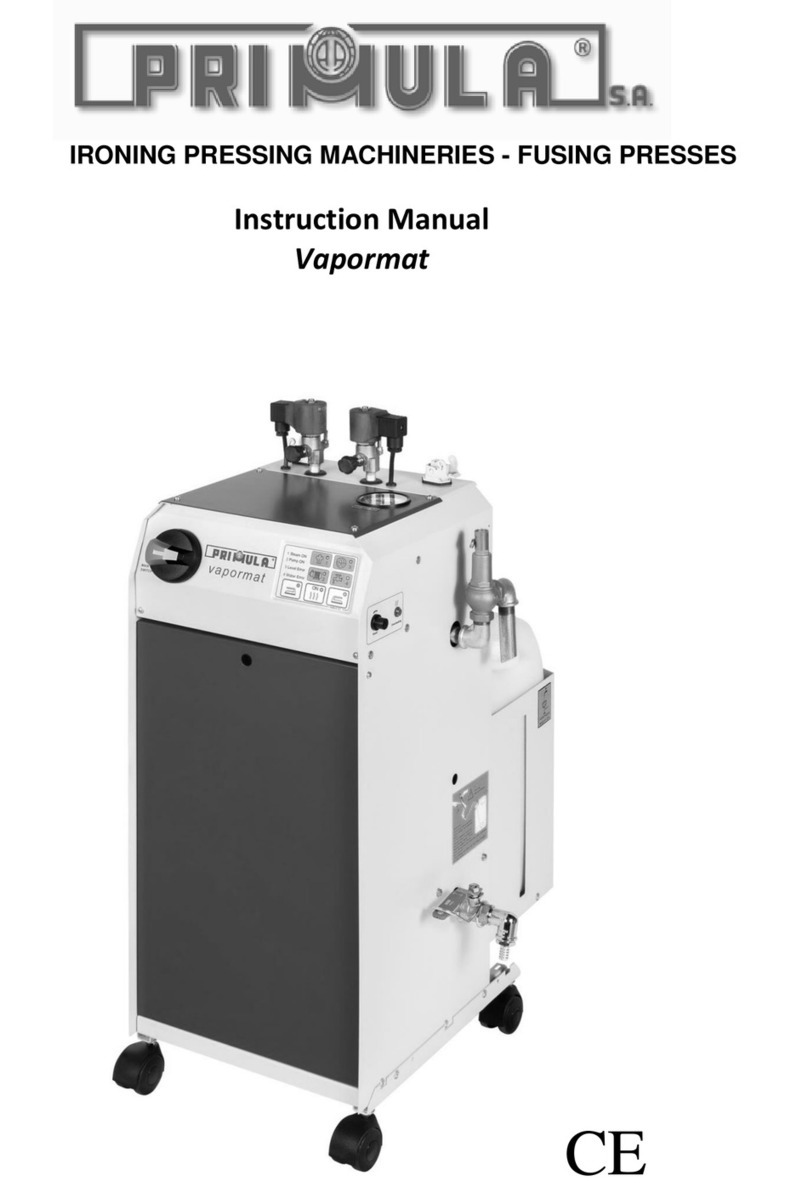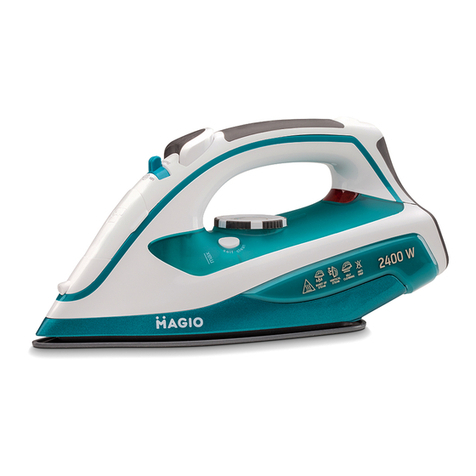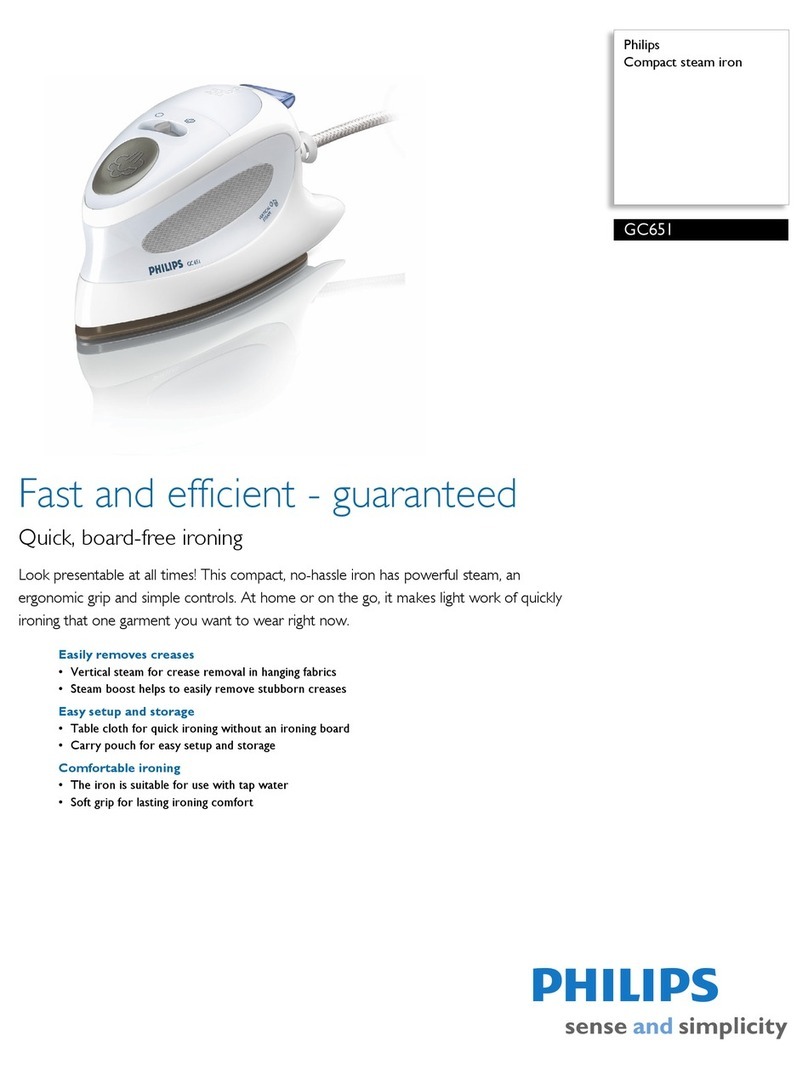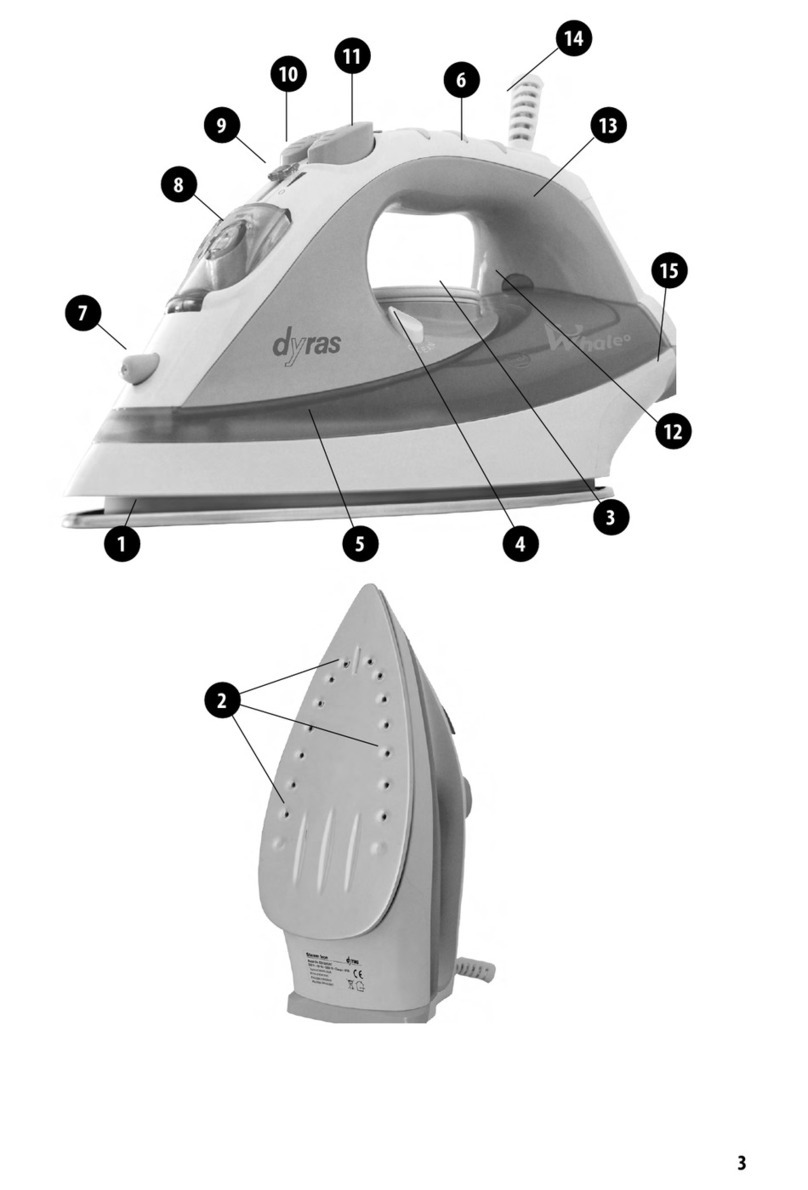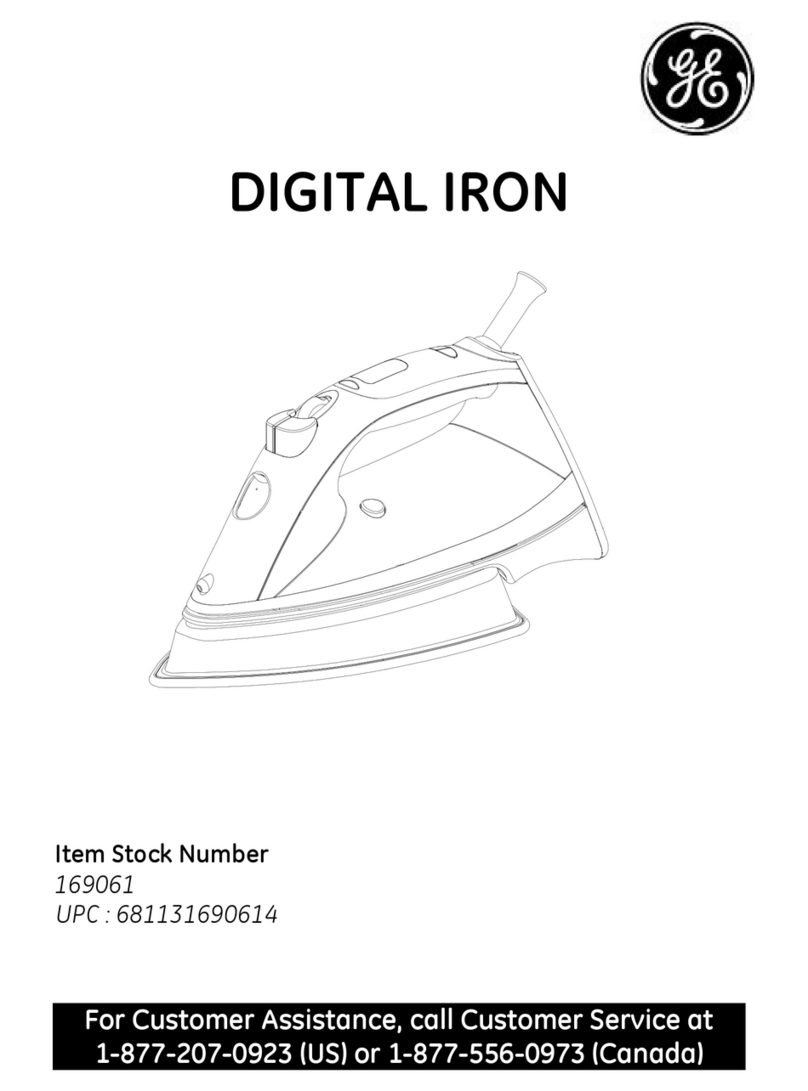
33
AVVERTENZE GENERALI
LEGGERE QUESTE ISTRUZIONI PRIMA DI USARE L’APPARECCHIO.
Prima e durante l’uso dell’apparecchio è necessario seguire alcune precauzioni elementari.
Dopo aver tolto l’imballaggio assicurarsi dell’integrità dell’apparecchio. In caso di dubbio non utiliz-
zare l’apparecchio e rivolgersi a personale professionalmente qualicato. Gli elementi dell’imbal-
laggio (sacchetti di plastica, polistirolo, ecc.) non devono essere lasciati alla portata dei bambini, in
quanto potenziali fonti di pericolo.
Si raccomanda di non gettare nei riuti domestici i materiali costituenti l’imballaggio, ma consegnarli
negli appositi centri di raccolta o smaltimento dei riuti, chiedendo eventualmente informazioni al
gestore della nettezza urbana del proprio comune di residenza.
Assicurarsi sempre che la tensione di rete elettrica sia uguale a quella indicata nell’etichetta dati
tecnici e che l’impianto sia compatibile con la potenza dell’apparecchio.
In caso di incompatibilità tra la presa e la spina dell’apparecchio fare sostituire la presa con una altra
di tipo adatto da personale professionalmente qualicato. Quest’ultimo, in particolare, dovrà anche
accertare che la sezione dei cavi della presa sia idonea alla potenza assorbita dall’apparecchio.
Non tirare mai il cavo per scollegarlo dalla presa di corrente elettrica.
Assicurarsi che il cavo non sia in contatto con superci calde o taglienti.
Non utilizzare l’apparecchio con il cavo danneggiato.
Se il cavo di alimentazione è danneggiato, esso deve essere sostituito dal Costruttore o dal suo
Servizio Assistenza Tecnica o comunque da una persona con qualica similare, in modo da preve-
nire ogni rischio.
Collegare l’apparecchio esclusivamente ad una presa di corrente elettrica alternata.
In generale è sconsigliabile l’uso di adattatori, prese multiple e/o prolunghe. Qualora il loro uso
si rendesse indispensabile è necessario utilizzare solamente adattatori e prolunghe conformi alle
vigenti norme di sicurezza.
Questo apparecchio dovrà essere destinato solo all’uso per il quale è stato espressamente concepi-
to. Ogni altro uso è da considerarsi improprio e quindi pericoloso, nonché far decadere la garanzia.
Il costruttore non può essere considerato responsabile per eventuali danni derivati da usi impropri,
erronei ed irragionevoli.
Per evitare surriscaldamenti pericolosi si raccomanda di svolgere in tutta la sua lunghezza il cavo di
alimentazione e di staccare la spina dalla rete di alimentazione elettrica quando l’apparecchio non
è utilizzato.
Prima di effettuare qualsiasi operazione di pulizia o di manutenzione, disinserire l’apparecchio dalla
rete di alimentazione elettrica.
Non immergere mai l’apparecchio in acqua o in altri liquidi.
Non toccare l’apparecchio con mani e piedi bagnati o umidi.
Non usare l’apparecchio a piedi nudi.
Non lasciare esposto l’apparecchio ad agenti atmosferici (pioggia, sole, etc.).
Non tenere l’apparecchio vicino a fonti di calore (es. termosifone).
Questo apparecchio non deve essere utilizzato da persone (compresi i bambini) con capacità si-
che, sensoriali o mentali ridotte; da persone che manchino di esperienza e conoscenza dell’appa-
recchio, a meno che siano attentamente sorvegliate o ben istruite relativamente all’utilizzo dell’ap-
parecchio stesso da parte di una persona responsabile della loro sicurezza.
Assicurarsi che i bambini non giochino con l’apparecchio.
Allorché si decida di smaltire come riuto questo apparecchio, si raccomanda di renderlo inoperante
tagliandone il cavo di alimentazione. Si raccomanda inoltre di rendere innocue quelle parti dell’ap-
parecchio suscettibili di costituire un pericolo, specialmente per i bambini che potrebbero servirsi
dell’apparecchio per i propri giochi.
